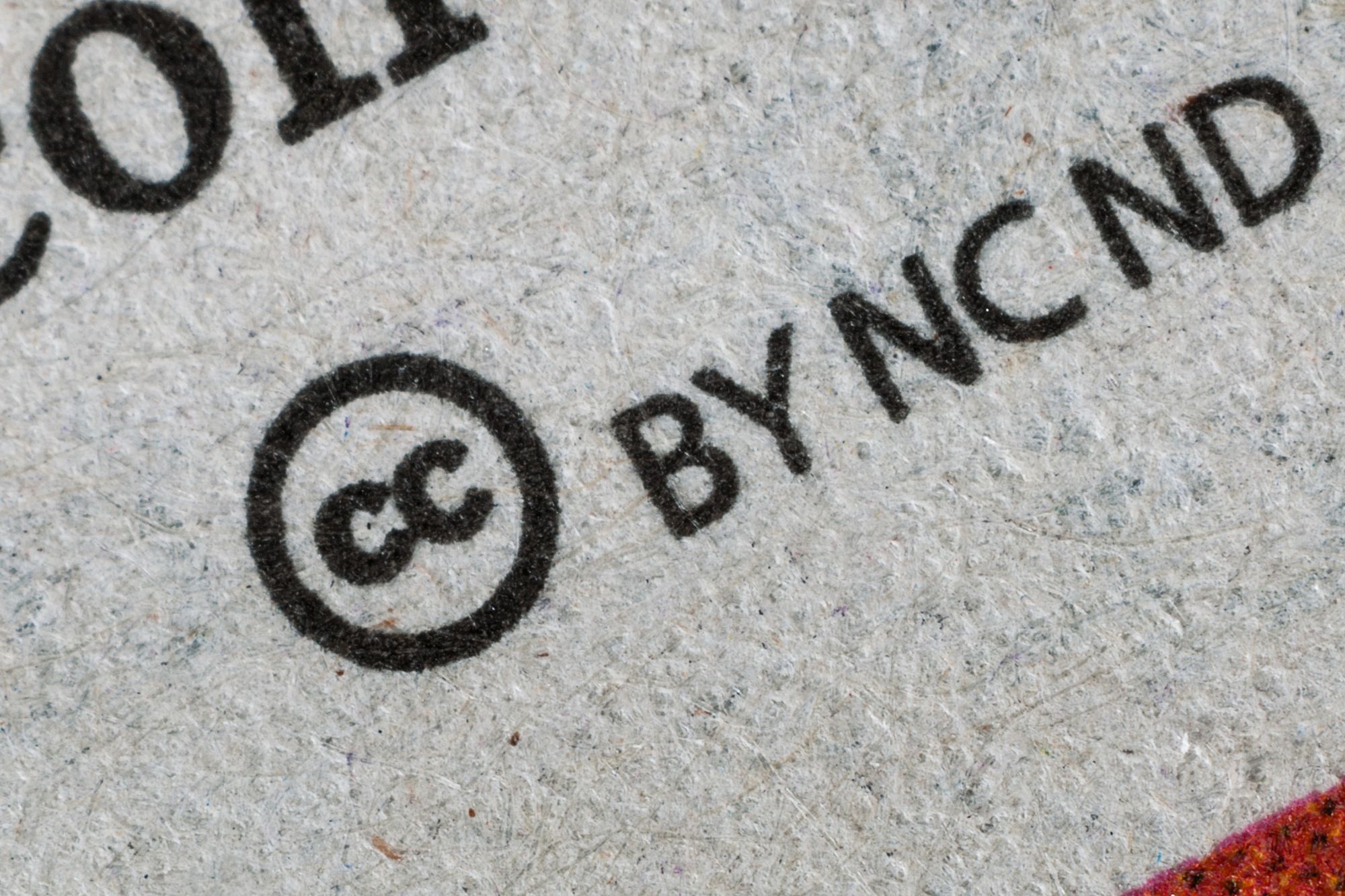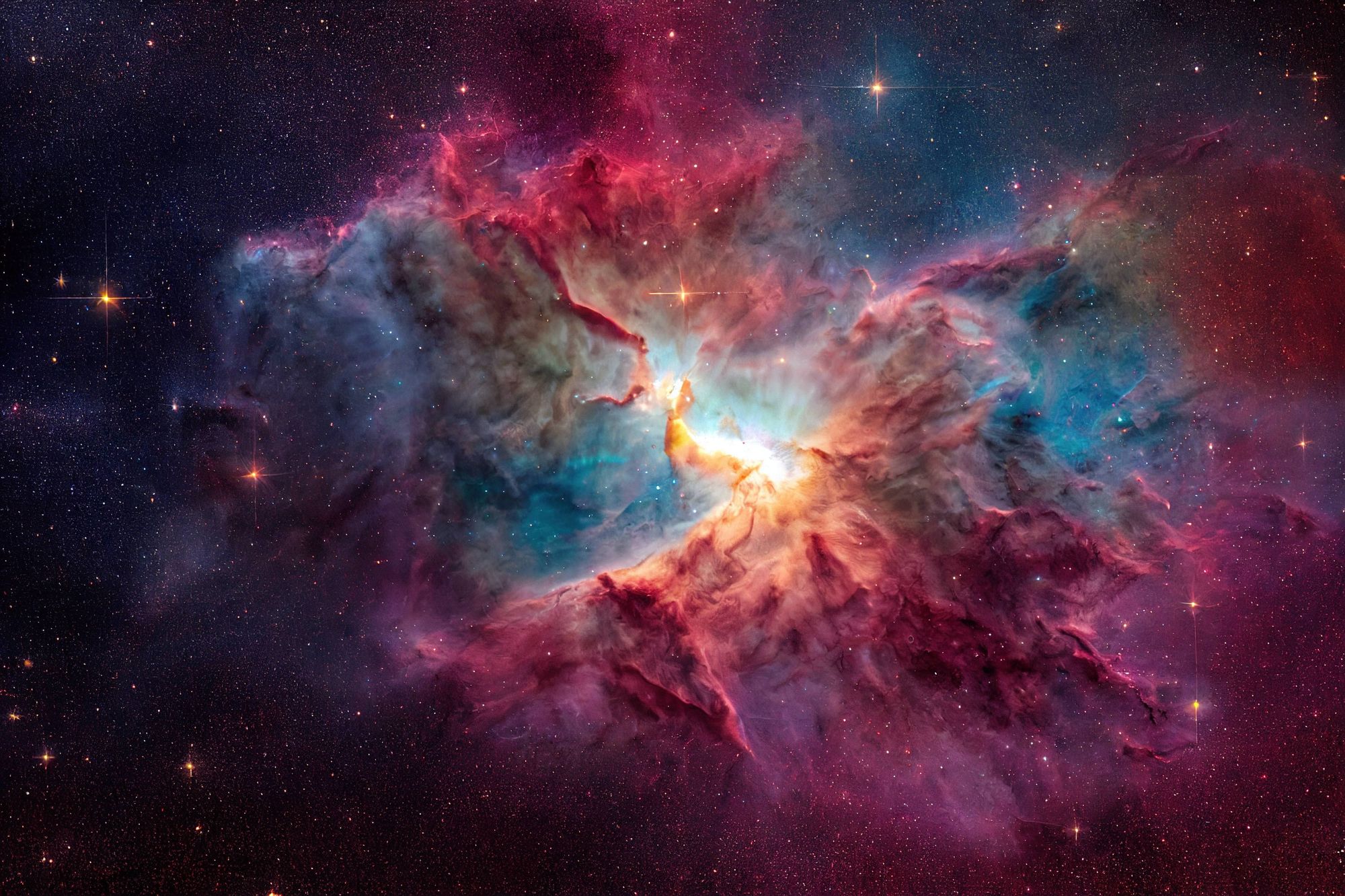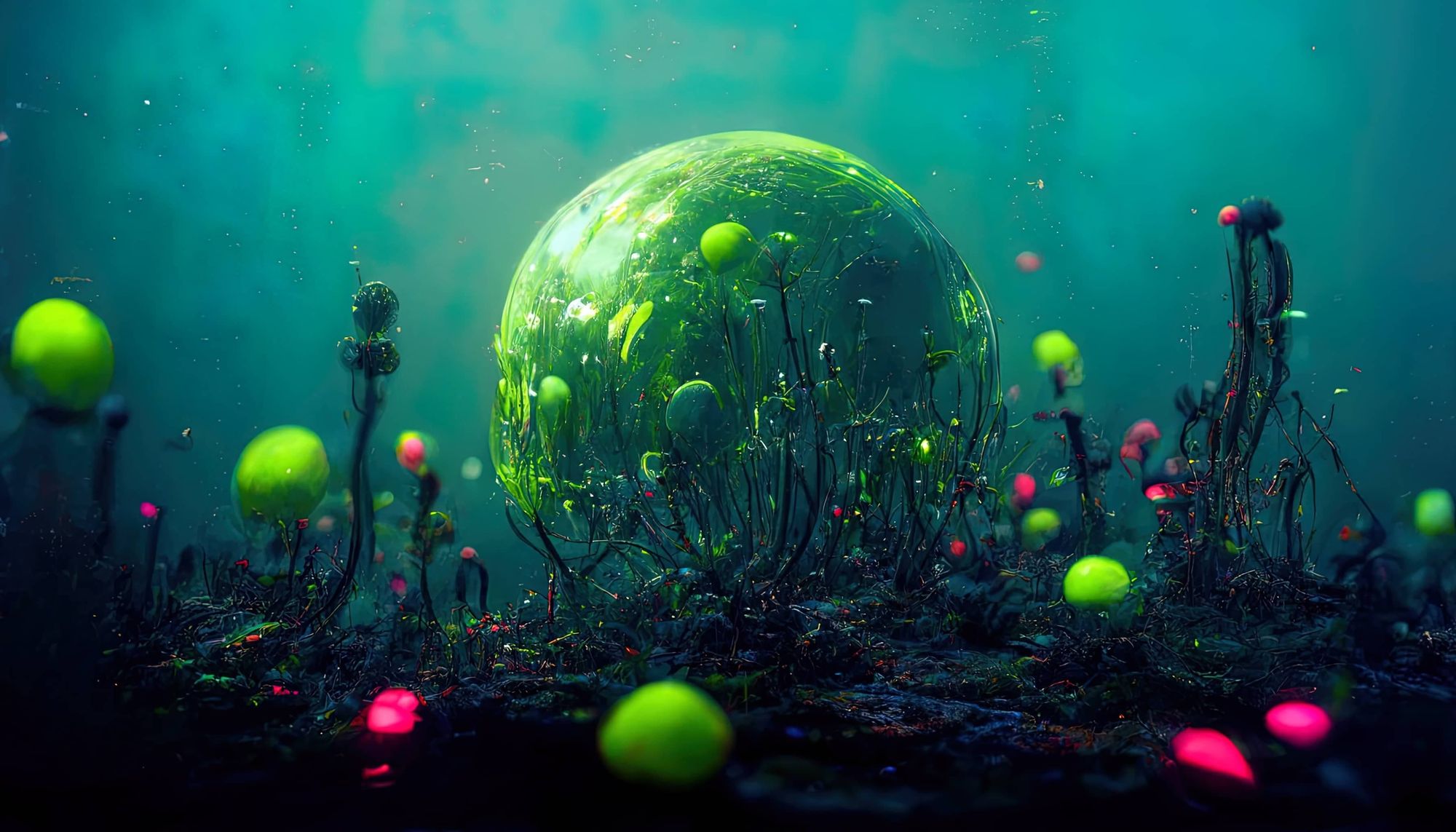Copyright of AI-generated images - Example of MidJourney & DALL-E

When it comes to copyright law, things can get a bit complicated - especially when you throw artificial intelligence into the mix. In this article, we'll explore how copyright law applies to images that are generated by AI, and what that means for creators and businesses who want to use them.
Copyright of traditional images - Digital Rights Management (DRM)
As the creator of an image, you have certain rights that are inherent to your work. These include the right to reproduce, distribute, perform, display, and create derivative works based on your original.
Additionally, you have the right to grant or deny others these same rights. Copyright law seeks to balance the interests of creators with the public good, and as such, provides some flexibility in how you can use and share your work.
For example, you may allow someone to use your image for non-commercial purposes, or grant permission for it to be included in a collective work.
You can also choose to license your work through a Creative Commons license (https://creativecommons.org/licenses/), which allows others to use and build upon your work as long as they give you credit. Knowing your rights as a creator gives you the power to decide how your work will be used and shared.
Bloggers and content creators need to be aware of digital rights management (DRM) and copyright law. DRM is a technology used by copyright holders to control how their content is used and distributed. Copyright law is the body of law that governs the rights of copyright holders.

Copyright holders can use DRM to control who can access their content, how it can be used, and for how long it can be used. For example, a copyright holder could use DRM to prevent someone from copying and distributing their content without permission. Or, a copyright holder could use DRM to allow only certain people to access their content for a limited time.
Copyright holders can also use DRM to track how their content is used. For example, a copyright holder could use DRM to see how many times their content has been copied and distributed. Or, a copyright holder could use DRM to see how their content is being used on social media.
Bloggers and content creators need to be aware of the risks of using DRM-protected content. If you use DRM-protected content without permission from the copyright holder, you could be violating copyright law. Additionally, if you try to remove or bypass DRM protection, you could also be violating copyright law.
Copyright of AI-generated images
As artificial intelligence (AI) becomes increasingly prevalent, the question of who owns the copyright to images created by AI is becoming more pressing.
Currently, there is no clear answer to this question. In the United States, copyright law is governed by the Copyright Act of 1976 (https://www.mtsu.edu/first-amendment/article/1072/copyright-act-of-1976#:~:text=BY%2DSA%203.0)-,The%20Copyright%20Act%20of%201976%20forms%20the%20basis%20of%20copyright,account%20new%20kinds%20of%20media.), which does not explicitly mention AI-generated images. Furthermore, case law regarding copyright and AI is scant.
This lack of clarity has led to a variety of different approaches to copyrighting AI-generated images. Some companies have taken the position that they own the copyright to any image created by their AI software.
Other companies have chosen to release their AI-generated images into the public domain. And still, others have attempted to copyright the images as works of joint authorship between the AI and its human creator.

The approach that a company takes to copyrighting AI-generated images will likely depend on several factors, including the intended use of the images and the country in which the company is located.
For now, there is no one-size-fits-all solution to this problem. As AI continues to evolve, the issue of copyrighting AI-generated images will likely become more complex and controversial.
There are a few key considerations when it comes to copyrighting images generated by AI. First, it's important to consider who created the AI that generated the image.
If the AI was created by a team of people, then it's likely that the copyright would be held by the team as a whole. However, if the AI was created by an individual, then they would likely be considered the sole copyright holder.
Another key consideration is whether or not the image was actually created by the AI or if it was simply generated by an algorithm. If the image was genuinely created by the AI, then it's likely that it would be considered a work of art and would be subject to copyright law.
However, if the image was simply generated by an algorithm, then it's less likely that it would be subject to copyright law.
Finally, it's worth considering whether or not humans were involved in any way in the creation of the image. For example, if a human edited the image in any way, they would likely be considered a co-author and would have a claim to the copyright.
Ultimately, it's up to the courts to decide who holds the copyright to images generated by AI. Until there is more clarity on the matter, it's best to err on the side of caution and assume that the copyright holder is the AI itself.

Example - MidJourney copyright
When it comes to the copyright of images generated by Artificial Intelligence, things can get a bit tricky. In the case of MidJourney (https://www.midjourney.com/home/) at the beginning of the copyright provisions, we find a provision that says:
"Subject to the above license, you own all Assets you create with the Services. This does not apply if you fall under the exceptions below.Please note: Midjourney is an open community that allows others to use and remix your images and prompts whenever they are posted in a public setting.
By default, your images are publically viewable and remixable. As described above, you grant Midjourney a license to allow this. If you purchase a private plan, you may bypass some of these public sharing defaults."
If you are a free user or have just a trial account, you get a Commons Noncommercial 4.0 Attribution International License, This means that you can use these images, but you can't sell them or make money from them. You must also give information ("attribution") to Midjourney.
If you pay for your account, the company says “You basically own all Assets you create using Midjourney’s image generation and chat services.” You can find more on https://midjourney.gitbook.io/docs/terms-of-service.

Example - DALL-E copyright
In 2012, a company called NeuralStyle released a software program that could generate images in the style of famous artists. The program was designed to take two input images - a content image and a style image - and combine them to create a new image that looked like it had been created by the artist of the style image.
The question of who owns the copyright to these generated images came to a head when one user ran the NeuralStyle program using an image of the Eiffel Tower as the content image and an image of the painting DALL-E (https://openai.com/blog/dall-e/) as the style image. The resulting image - which looked like a mashup of the two input images - was posted online and quickly went viral.
The question of who owns the copyright to this new image is still up for debate. Some say that it belongs to NeuralStyle, as they are the creators of the program that generated it.
What does DALL·E’s own terms of use say. First of all, you need to know that when you use this tool, you have 2 options. You can write a prompt to generate your image or You can upload your image to have it modified by the AI. In their terms of use, they refer to them as Uploads, Prompts, and Generations, respectively. DALL-E allows commercial use of Generations:
“Use of Images. Subject to your compliance with these terms and our Content Policy, you may use Generations for any legal purpose, including for commercial use. This means you may sell your rights to the Generations you create, incorporate them into works such as books, websites, and presentations, and otherwise commercialize them.”
In a different paragraphs, we can find a provision that:
- "The published content is attributed to your name or company."
- "The role of AI in formulating the content is clearly disclosed in a way that no reader could possibly miss, and that a typical reader would find sufficiently easy to understand."
You can find more on: https://openai.com/api/policies/terms/
We encourage you to make sure what the rights to use these images are before using AI-generated images.

The legal debate over the copyright of AI-generated images
There is currently no legal precedent for the copyright of images generated by artificial intelligence (AI). This means that there is a lot of debate and uncertainty about who owns the copyright to these images.
Some people argue that the AI should be considered the author of the image, as it is the one that created it. Others argue that the person who created the AI should be considered the author, as they are the ones who created the algorithm that generated the image.
This debate is likely to continue for some time, as there is no clear consensus on who should be considered the author of AI-generated images. In the meantime, it is important to be aware of the potential legal implications of using or creating these images.
If you are planning to use AI-generated images in your business, it is advisable to seek legal advice to ensure that you are not infringing any copyrights.
Enhancing AI-Generated Images with Unprecedented Clarity
One of the limitations often associated with AI-generated images is their low resolution. However, thanks to the groundbreaking application Deep-image.ai, this challenge is being addressed head-on.
Deep-image.ai utilizes advanced algorithms and cutting-edge techniques to enhance the resolution of AI-generated images, enabling them to be enlarged without any loss of quality. This innovative solution revolutionizes the way we perceive and utilize AI-generated visuals, opening up new possibilities for high-resolution, detailed artwork and applications in various industries such as design, marketing, and entertainment.
With Deep-image.ai, the potential for creating stunning, lifelike images through artificial intelligence reaches unprecedented heights, transforming the landscape of visual creativity.
Conclusion
There is still a lot of debate surrounding the copyright of images generated by Artificial Intelligence. Some say that because the AI created the image, it should be considered the author and therefore own the copyright.
Others say that because a human programmed the AI, the human should be considered the author. Whatever side you fall on, it's important to remember that Copyright law is constantly evolving, so it's always best to consult with a lawyer before using any copyrighted material.

